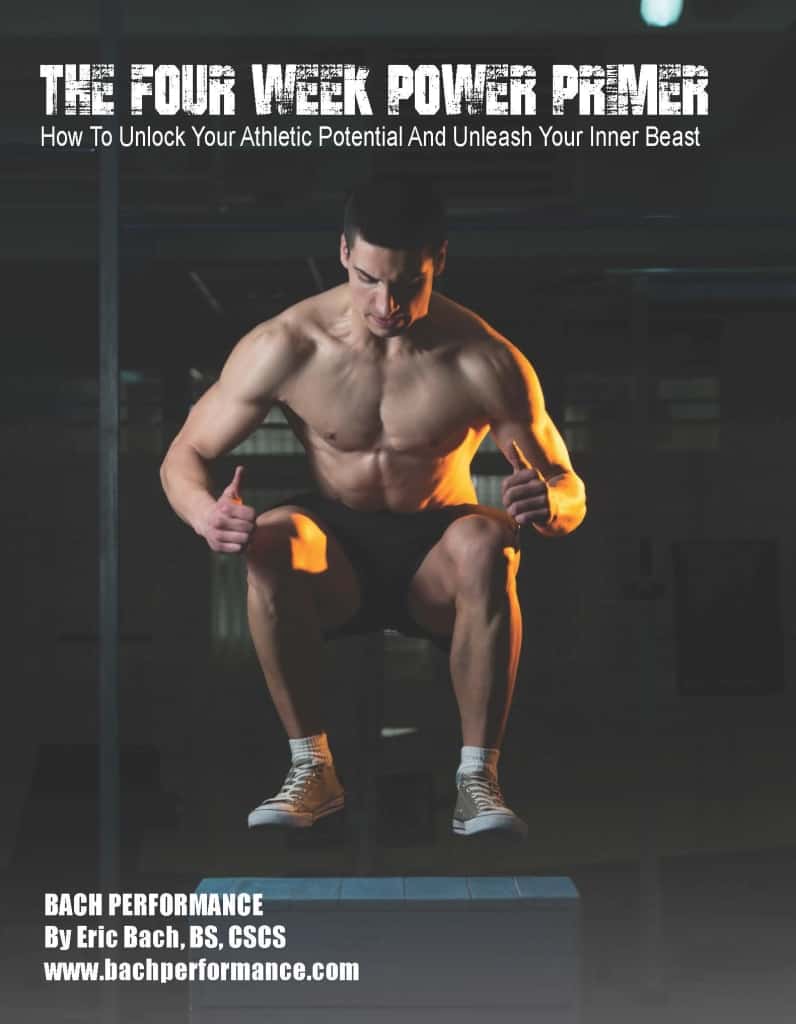I had a gentleman come in for an assessment recently who, upon arriving, provided me with a laundry list of injuries and maladies that have hampered his ability to workout for quite some time.
The list he handed over would have prompted fist bumps from Tolstoy or Tolkien from its grandiosity in description and length.
Some were legitimate – an old athletic injury to his shoulder, along with some nagging low back pain.
Some were, shall we say, a bit of overkill – “my left Sternocleidomastoid gets a bit tweaky whenever I rotate my head more than 17.22 degrees. It’s even more profound when the Dew Point dips below a certain level. Or if I wear red on Thursday.”
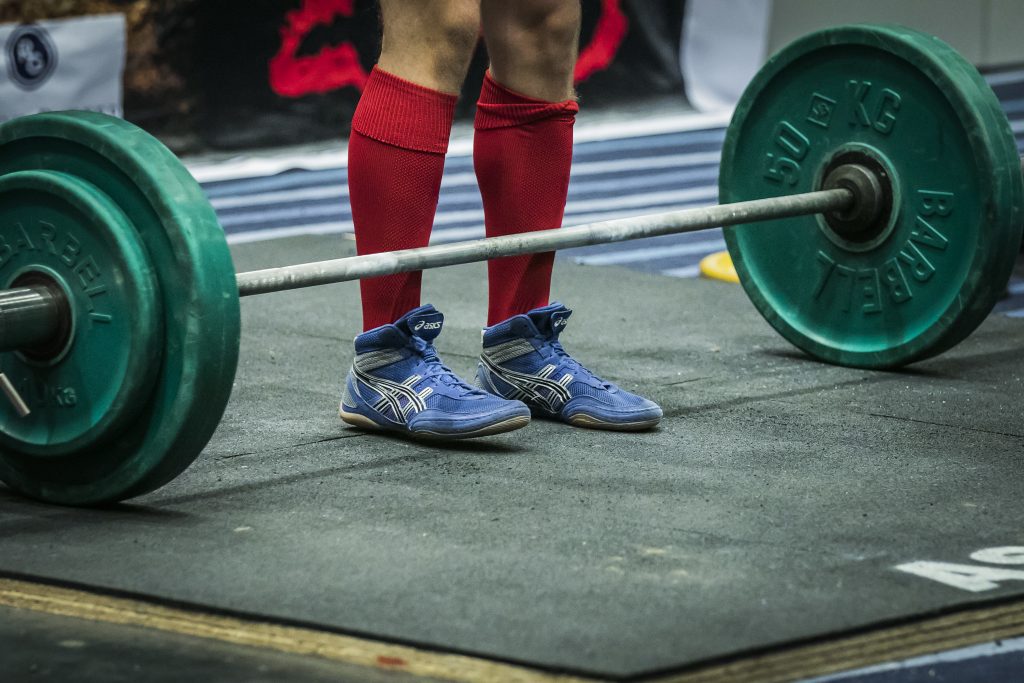
The Power of Fillers
Okay, that last part did NOT happen. Rather, it was meant as an allegory of sorts, an attempt to showcase how some people can often fall into a trap of believing they’re broken and that the only way to “fix” themselves is to put under a microscope every tweak, niggle, and bump that rears its ugly head.
To be clear: It’s NOT my bag to discount people’s past or current injury history. I respect and take into account everything (injury history, goals, ability level, favorite Transformer1) and use that information to ascertain what will be the best, safest and most efficient path to dieselfication possible.
That said, I often have to play “bad cop” and help people come to an understanding.
That they’re not broken, that they can train, and that they don’t have to spend 30 minutes foam rolling and activating their Superficial Dorsal Fascial Line.
The drawn-out, overly complicated warm-up is my worst nightmare as a coach.
Actually, back up.
Kipping pull-ups are my worst nightmare. With a close second being anytime someone asks me about keto. Oh, and mushrooms.2
Sometimes when I start working with a new client – especially one coming in with an extensive injury history – they’re often riddled with fear and trepidation with regards to training. They’ve been stymied by an endless array of setbacks (and overly cautious physical therapists3) and are reluctant to push past the “corrective exercise” rabbit hole.
Their warm-up often takes longer than it takes to complete the Boston Marathon, to the point where every inch of their body is meticulously foam rolled and every muscle is painstakingly activated.
Yes, it’s important to activate “stuff.”
In fact, I’m often flummoxed some people still don’t understand the importance of taking themselves through a proper warm-up. Getting the body and nervous system primed for physical activity is kind of a big deal, and I won’t belabor the point here.
You should be doing it.
Don’t get me wrong: the warm-up is a splendid opportunity to individualize someone’s program and to have him or her dedicate some additional TLC to areas of the body that need it.
To that end, however, I do feel – at times – people baby themselves to the extent the warm-up becomes the workout.
This is where I find a lot of value in fillers and implementing them into my programs.
I love it, I love it, I LOVE it.
The idea is to address common “problem areas” by tossing in some low-grade activation/mobility drills during one’s rest intervals…as part of their training program.
The key point here is LOW-GRADE.
Filler exercises can be anything from glute activation and scapular upward rotation drills to, I don’t know, a particular stretch (hip flexors?) or naming all the members of Wu-Tang Clan. The premise is that they’re low-grade, low-demand, easy, and address something that won’t sacrifice performance on subsequent sets of iron work.
Performing 400m sprints or Tabata anything does not constitute as a filler, and defeats the point. We’re trying to turn stuff on and/or address common mobility/stability issues, not challenge Jason Bourne to a street fight.
All that said I wanted to share some insights on how I implement fillers into the programs I write, and in particular which ones I like to pair with certain exercises.
First up, deadlifts of course…;o)
Filler For Deadlifts
There are a lot of moving parts to the deadlift and to perform it in a safe manner requires “access” to a number of things:
- Ample T-Spine extension
- Ample hip flexion
- Depending on the variation (I.e., sumo style) requisite adductor length
- Scapular posterior tilt (hard to do if someone’s in excessive upper back kyphosis).
- Lumbo-pelvic control/stability
- The cheat code for unlimited lives in Contra (very important)4
If none of these things are in play or even minimally addressed many lifters are going to have a hard time staying healthy in the long run.
Alright, enough of my jibber-jabber. Lets get to the drills.
1) Split Stance Adductor Mobilization
Now, admittedly, if there was a Wikipedia page for “ordinary and unremarkable exercises,” this one would be right at the top. However, this has always been a staple filler exercise for me and one that I don’t forsee taking out of the rotation anytime soon.
What I like most about this exercise is that it targets the adductors in both hip flexion and extension. The key, though, is attention to detail with regards to anterior core engagement.
A common mistake I see people make is “falling” into their lower back when they walk their hands forward; it’s important to avoid this. Too, another common mistake is allowing the lower back to round as they sit back. The main objective should be to maintain as “neutral” of a spine as possible throughout the entirety of the set.
One other teeny-tiny thing to consider is scapular position. This drill can also be a nice opportunity to work on a bit of Serratus activation by actively “pushing” into the floor so that there’s a bit of protraction and the scapulae “set” or adhere to the ribcage.
Aim for 5-8 repetitions/leg during rest periods.
2) Monster Walks
All I can say about this exercise is that when it’s done properly it’s Glute O’clock.
In the video above I’m using Nick Tumminello’s NT Loop which I have found work really well for this drill.
FYI: I receive zero kickback from Nick – maybe a tickle fight? Fingers crossed – in recommending his band.
The idea here is to lock the ribs down and to keep the hips level so they’re not teeter-tottering back and forth during the set. Walk it back using the hips/glutes until the band is fully stretched and then control the return (again, making every effort not to let the hips teeter-totter).
I prefer to use anywhere from 5-8 repetitions here.
3) Bench T-Spine Mobilization
This is a money filler for those people stuck in flexion hell all day, in addition to those who have chronically tight/short lats.
Some key things to note:
- Holding onto a stick (or anything similar) helps prevent the glenohumeral joint from going into internal rotation.
- As you sit back towards your ankles, try to maintain a neutral back position throughout (keep those abs on, actively “pull” yourself back).
- Perform a pseudo bicep curl at the bottom to help nudge you into a bit more thoracic extension.
- Be careful not to induce excessive thoracic extension here. It’s easy to think the more ROM here the better, but that’s not necessarily the case.
4) Brettzel Mobilization w/ Exhale
Stolen straight from Gray Cook and Brett Jones this is easily one of my favorite fillers OVERALL, and not just for deadlifts. We’re locking down the lumbar spine by holding the bottom knee down (you can also place a foam roller here if you’re unable to get this low) in addition to adding a nice hip flexor stretch on the opposite side.
The goal, then, is to take in an inhale through nose and EXHALE (out the mouth) as you rotate and drive your top shoulder towards the floor.
Indeed, this is a fantastic drill to work on more thoracic extension, but again, be judicious with ROM here. More is not better. All I’ll say here is stay cognizant of your belly button (innie or outtie?) and where it’s pointing. As you extend back it should not point towards the ceiling. Instead, it should stay relatively motionless and pointing towards the wall your chest is facing.
As you exhale with each subsequent rep, you should notice you’re getting closer and closer to the floor.
3-5 repetitions per side should suffice.
And That’s That
There are a plethora of options here, but all I wanted to do was highlight a handful of my favorites. Choose ONE drill to perform during your rest periods. Also, depending on the total number of sets you have on the menu you could also alternate between 2-3 drills.
There’s no golden rule.
Hope this helped and gave you a few ideas to work with.

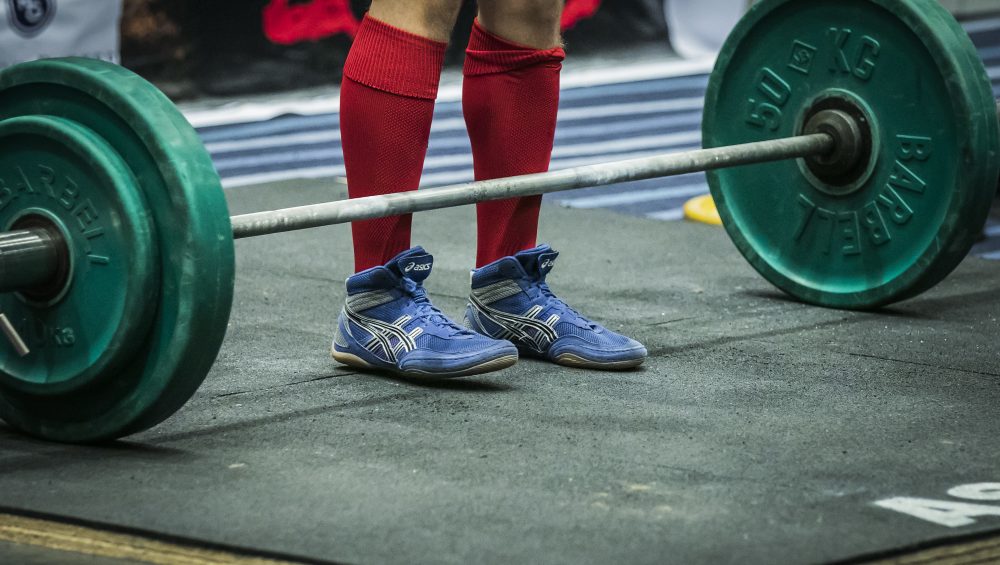
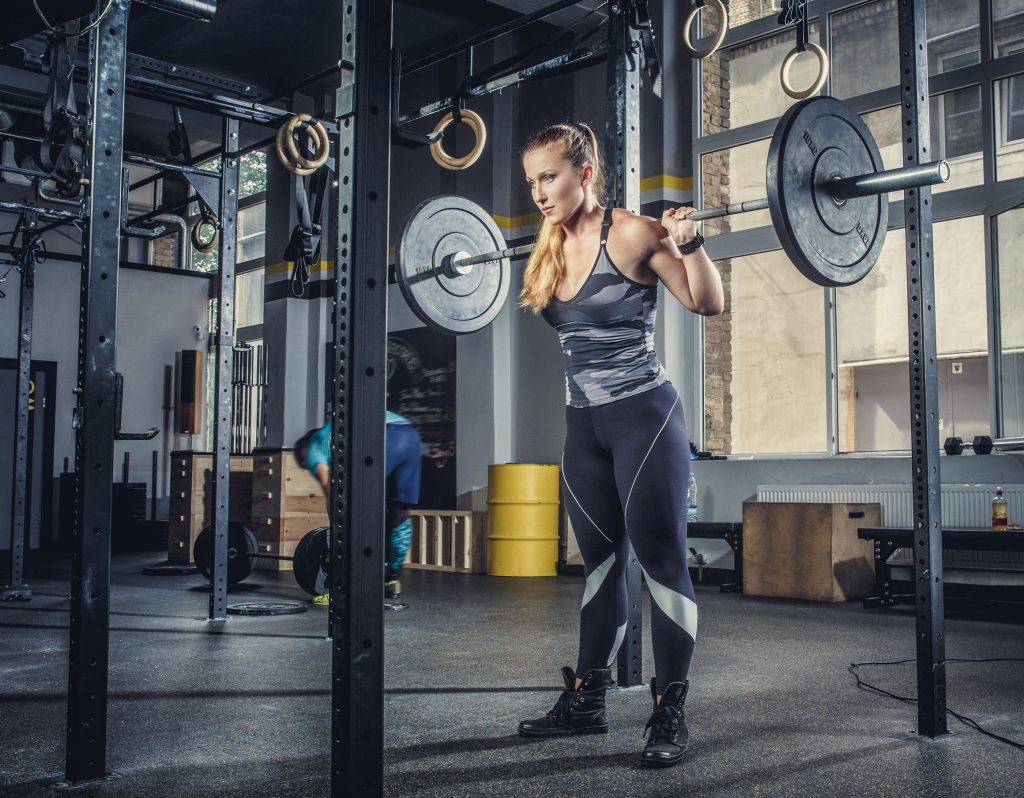
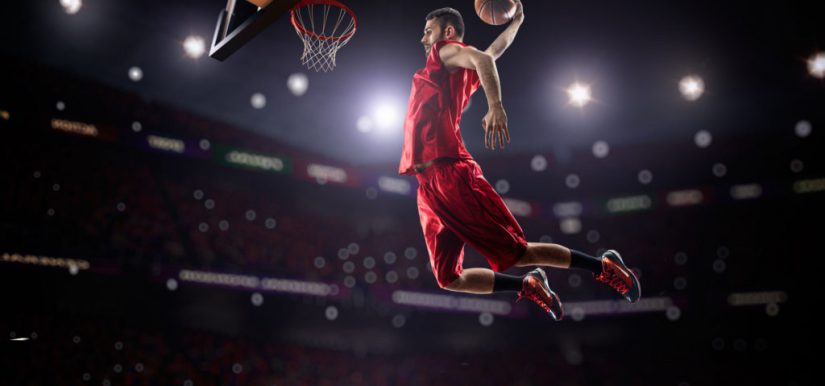
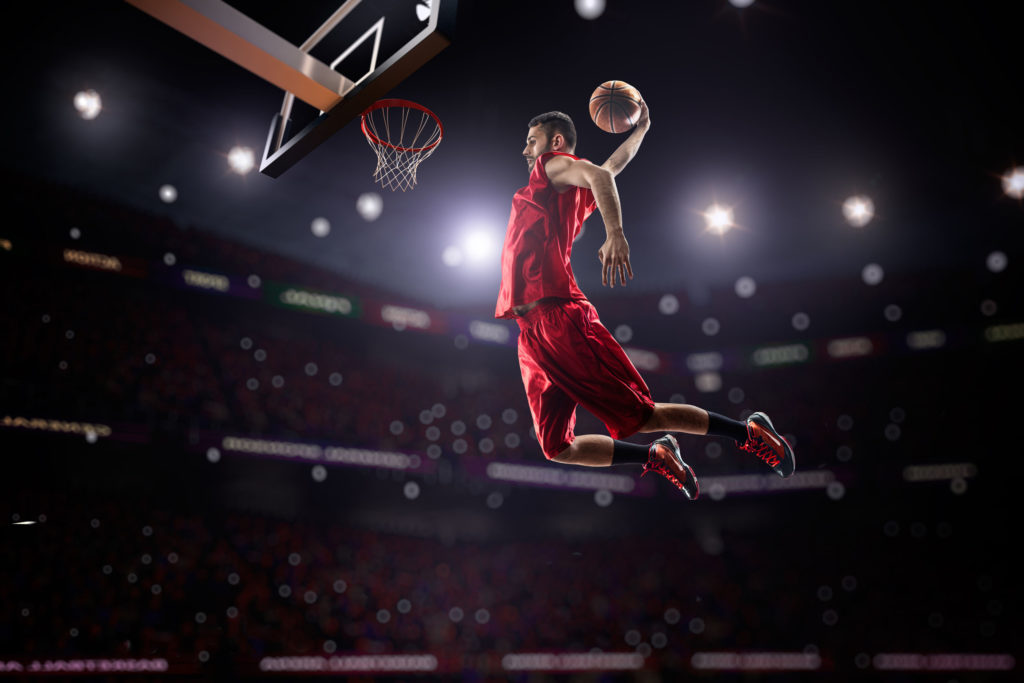
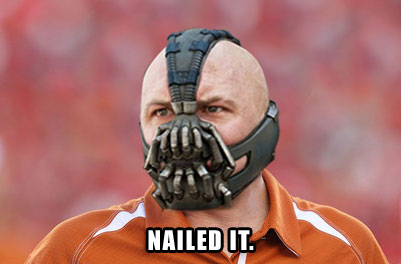

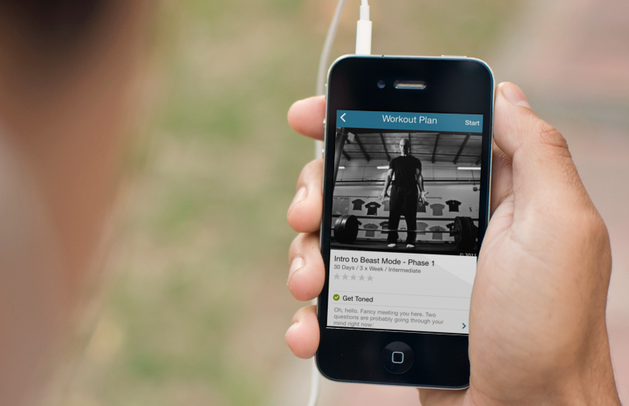

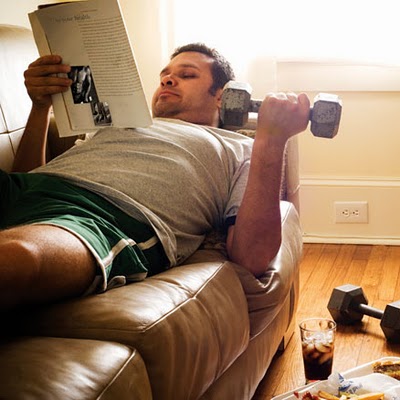

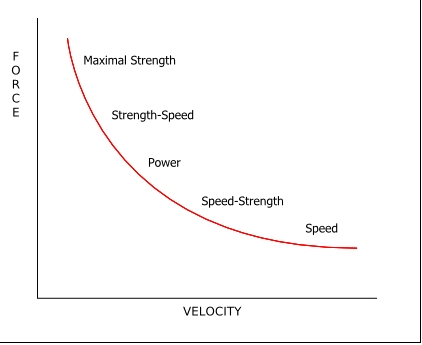
 There are three main components when looking at when looking at improved intramuscular coordination:
There are three main components when looking at when looking at improved intramuscular coordination: